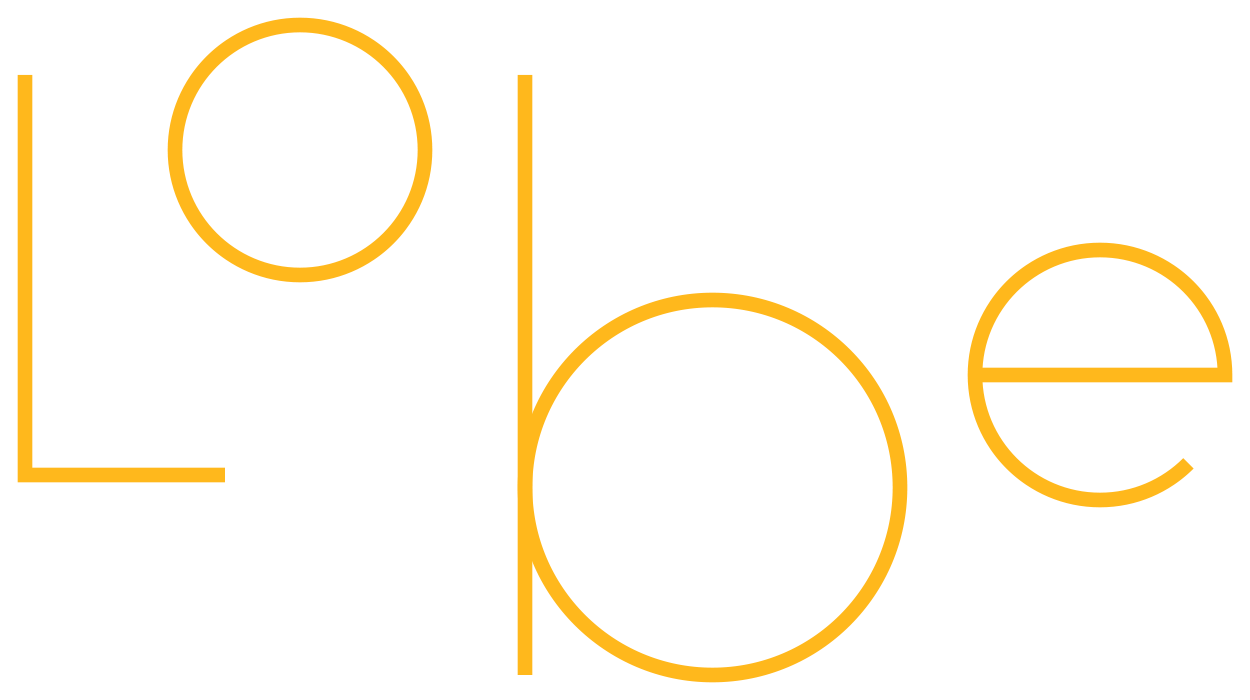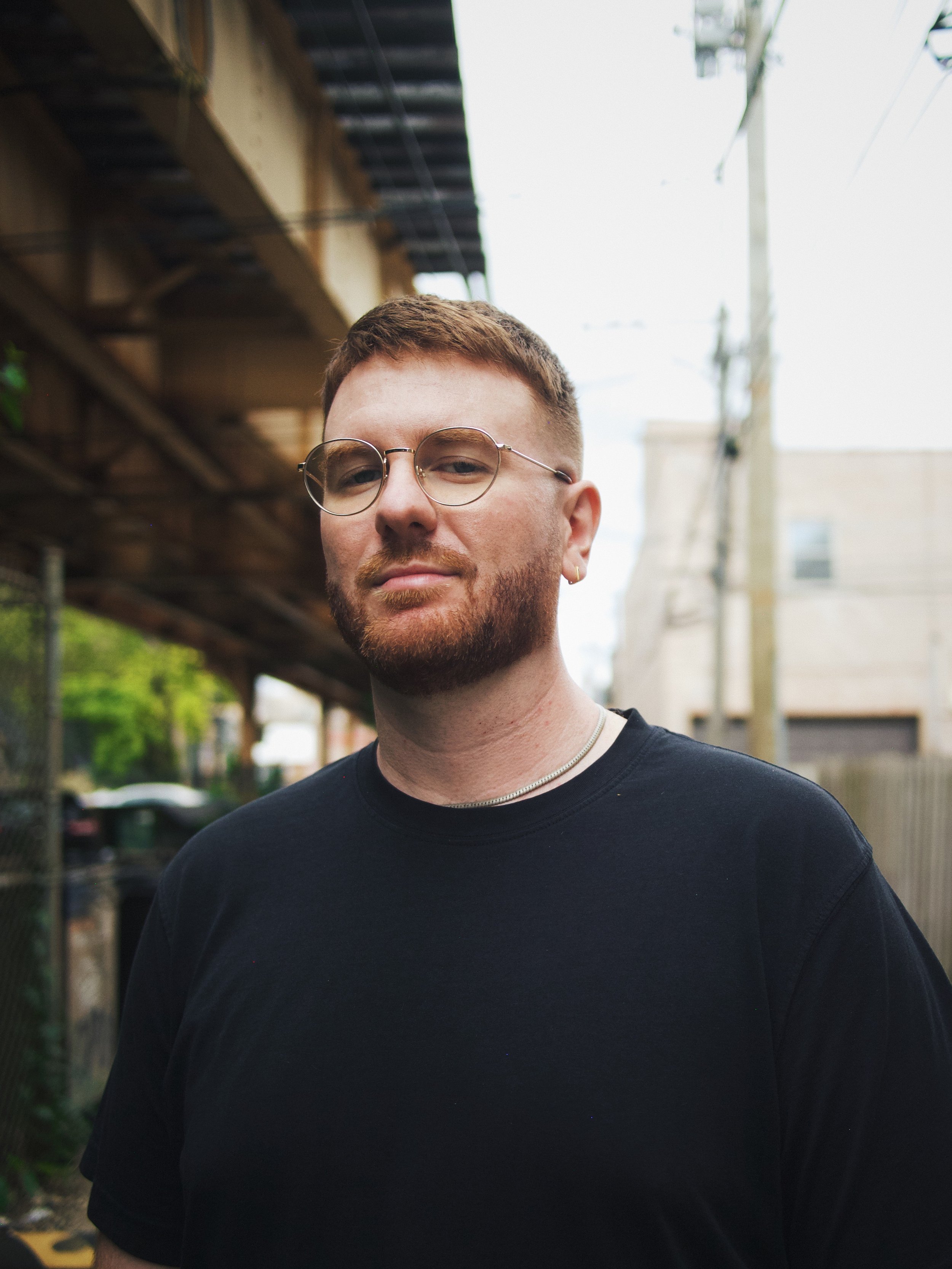Hunter Brown
LIVE ARTIST | MOTHER CLOUD SPATIAL SOUND FESTIVAL
Hunter Brown is a composer, improviser, and electronic musician based in Chicago, Illinois. His practice is focused on creating unpredictable, idiosyncratic, and unruly interactions with digital technology. In particular, he is interested in exploring the unstable material properties of digital systems though technological mediated listening and by pushing the physical mechanisms of digital technology to the threshold of failure.
Hunter’s work has been presented internationally at festivals, conferences, and universities such as: Big Ears Festival, Ear Taxi Festival, High Desert Soundings, Conference on AI Music Creativity, Line Upon Line Composer Festival, University of Huddersfield’s FluCoMa Plenary, New Interfaces for Musical Expression, International Workshop on Multilayer Music Representation and Processing, International Computer Music Conference, Society for Electro-Acoustic Music in the United States National Conference, IRCAM Manifeste, and more.
In Chicago, Hunter is a freelance audio engineer who focuses primarily on recording and mixing contemporary classical music, jazz, improvised music, and electroacoustic music. He also serves as the technical director for Ensemble Dal Niente and runs the computer music focused record label Party Perfect!!! alongside collaborator Dominic Coles. He is currently a PhD Student at the University of Chicago.
STOPPAGES
A sound’s substance manifests from the material properties intrinsic to the tools that created it. This is most obvious with acoustic instruments: a snare drum can’t sound like a bass drum because its diameter is too small; a violin can’t sound like a cello because its strings are too short. The materials from which these tools are created define their sonic properties, and in turn, the working parameters in which they are able to create sound. In digital and computer music, it is less apparent how the material properties of our tools affect sound creation. Consider Pierre Schaeffer’s “experiments in interruption” from L'Objet Sonore which catalyzed a new type of electronic music: musique concrète. The idea of the “closed groove” emerged from the accidental scratching of a shellac gramophone disk that repeated an endless loop.
The “cut bell” originated from playing back tape reels with a botched splice, demonstrating that even the smallest segment of a “complete” sound can take on a new sonic identity. These novel techniques and the resulting aesthetic emanate from the technology’s intrinsic material properties. Where does this leave us with digital technology? In our contemporary audio culture, the digital is perceived as immaterial, as pure and pristine, and as a black box capable of anything; it is seen as being immune to the material failures of analog technologies, like scratched vinyl discs and hissing magnetic tapes. This collection of work, Stoppages, explores the manipulation of the physical materials that form digital technologies in order to access their seemingly immaterial qualities.
This body of work identifies the limitations, failures, and discontinuities inherent to these materials and questions what aesthetic practices can emerge from this instability. In addition to sound production, digital technology is understood as the most sophisticated tool at our disposal for a wide range of contemporary concerns including the regulation of our global economy, communications networks, law enforcement, and militaries. This practice of disrupting the material structure of the “immaterial” digital questions the tangible influence digital technology has on the form and contour of these contemporary concerns. In essence, activating a stoppage within a digital audio system’s material construction is an echo of the same critical intervention required to negate the larger digital systems used to manipulate the forces that drive contemporary capitalism and control our everyday life.



